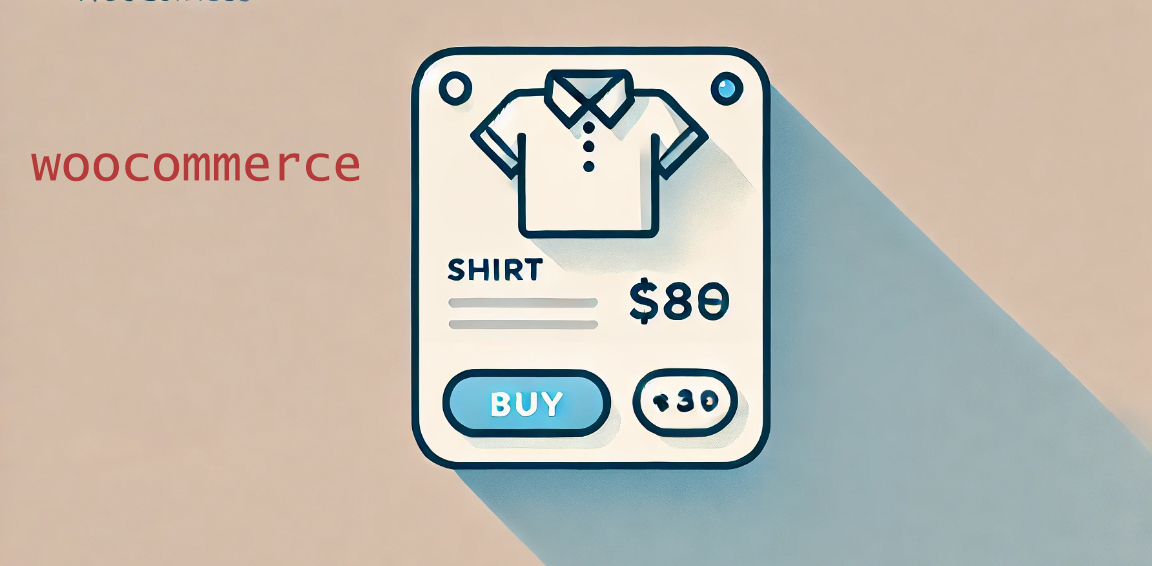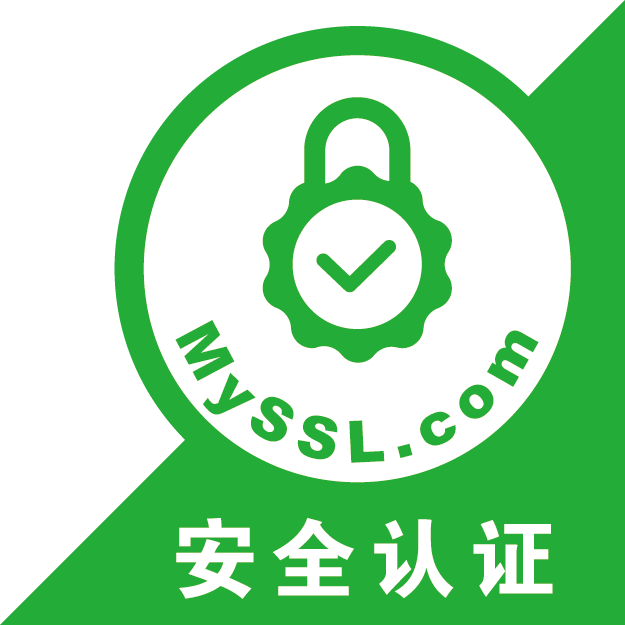![图片[1]-如何有效自定义 WooCommerce 类别页面的详细指南-光子波动网-免费分享跨境知识和技术知识](https://www.361sale.com/wp-content/uploads/2024/09/2024090508432474.png)
what wayCustomizing WooCommerce category pageto enhance the user experience,SEO, and ultimately drive sales, is a common and important topic. In this comprehensive guide, we'll explain in detail how to customize WooCommerce category pages without code, along with some more advanced technical solutions.
What is a WooCommerce Category Page?
A WooCommerce category page is an archive page used to group similar products in a logical way. Common examples include clothing grouped by type (e.g. "Men's T-Shirts") or electronics grouped by function (e.g. "Cameras"). Customizing these pages can help users browse your products more efficiently, thus enhancing the shopping experience.
Method 1: Customize WooCommerce Category Pages without Code
If you don't have coding skills or want to implement customizations quickly, you can use the Elementor cap (a poem) ShopEngine and other plugins to customize WooCommerce category pages without code. Here are the detailed steps:
Step 1: Install Elementor and ShopEngine plugins
To start on the Elementor editor-in-chief WooCommerce For the product category page, the following two plug-ins need to be installed:
- Elementor Page Builder: This is a drag-and-drop page builder that makes it easy to create custom pages.
![图片[2]-如何有效自定义 WooCommerce 类别页面的详细指南-光子波动网-免费分享跨境知识和技术知识](https://www.361sale.com/wp-content/uploads/2024/09/2024090507583951.png)
- ShopEngine WooCommerce Builder Plugin: This plugin enhances WooCommerce customization for Elementor with a rich set of widgets and modules.
![图片[3]-如何有效自定义 WooCommerce 类别页面的详细指南-光子波动网-免费分享跨境知识和技术知识](https://www.361sale.com/wp-content/uploads/2024/09/2024090507580161.png)
Step 2: Create a Custom WooCommerce Category Page Template
- Navigate to ShopEngine > Builder TemplatesThe
![图片[4]-如何有效自定义 WooCommerce 类别页面的详细指南-光子波动网-免费分享跨境知识和技术知识](https://www.361sale.com/wp-content/uploads/2024/09/2024090508004938.png)
- After performing a simple configuration, create a new category page template.
![图片[5]-如何有效自定义 WooCommerce 类别页面的详细指南-光子波动网-免费分享跨境知识和技术知识](https://www.361sale.com/wp-content/uploads/2024/09/2024090508032976.png)
- strike (on the keyboard) Add New, enter the template name.
![图片[6]-如何有效自定义 WooCommerce 类别页面的详细指南-光子波动网-免费分享跨境知识和技术知识](https://www.361sale.com/wp-content/uploads/2024/09/2024090508040928.png)
- From "typology"Select from the drop-down menu filingsAnd keep it."Category of application" field is unchanged to apply to all categories.
![图片[7]-如何有效自定义 WooCommerce 类别页面的详细指南-光子波动网-免费分享跨境知识和技术知识](https://www.361sale.com/wp-content/uploads/2024/09/2024090508070360.png)
- Activate the "Set Defaults" option and select a blank template to start designing.
Step 3: Choose a layout and structure
In the Elementor editor, click the + Icon to select the layout and structure of the page. You can choose a single or multi-column layout and adjust the width of each column as needed.
![图片[8]-如何有效自定义 WooCommerce 类别页面的详细指南-光子波动网-免费分享跨境知识和技术知识](https://www.361sale.com/wp-content/uploads/2024/09/2024090508085414.png)
Step 4: Using the ShopEngine Widget
![图片[9]-如何有效自定义 WooCommerce 类别页面的详细指南-光子波动网-免费分享跨境知识和技术知识](https://www.361sale.com/wp-content/uploads/2024/09/2024090508094990.png)
ShopEngine Several WooCommerce-specific widgets are provided, such asAdvanced Search, Product Filter and Product Grid. Drag and drop these widgets onto the page and customize them to suit the needs of the store.
Step 5: Customize Style Settings
Using Elementor'sStyle ToolsAdjust the appearance of page elements to make sure the page matches your brand design. You canCustom colors, fonts, spacingand other details.
![图片[10]-如何有效自定义 WooCommerce 类别页面的详细指南-光子波动网-免费分享跨境知识和技术知识](https://www.361sale.com/wp-content/uploads/2024/09/2024090508374397.png)
Step 6: Create unique designs for specific categories
If you need to design a unique page for a specific category, simply adjust the template creation "Category of application" field so that you can design different page templates for different categories.
Method 2: Customize WooCommerce Category Pages with Coding
For developers and technically experienced users, using coding to customize WooCommerce category pages provides greater flexibility and control. Here are the steps to accomplish this:
Step 1:Creating subtopics
Before making changes to the WooCommerce template files, it is recommended that you create a child theme to ensure that your customized changes are not lost when the theme is updated.
![图片[11]-如何有效自定义 WooCommerce 类别页面的详细指南-光子波动网-免费分享跨境知识和技术知识](https://www.361sale.com/wp-content/uploads/2024/09/2024090508395769.png)
Step 2: Copy and Modify the WooCommerce Template File
To remove the WooCommerce template files from the wp-content/plugins/woocommerce/templates directory is copied to the child theme and modified. The most common files are archive-product.php, which controls the display logic of the category page.
Step 3: Edit the template file
Customize the page display by modifying the HTML structure or inserting new functions directly in the template file. The page display can be customized through hooks provided by WooCommerce (such as the woocommerce_before_shop_loop cap (a poem) woocommerce_after_shop_loop_item), customized code can be inserted without directly modifying the file structure.
Step 4: Add custom CSS and JavaScript
Add custom styles to the style.css or add custom interactions to the scripts.js in. This allows you to further control the appearance and behavior of the page, enhancing the user experience.
Step 5: Testing and deployment
Before formalizing the application, make sure to test all changes in the development environment to ensure that they do not affect the proper functioning of the online store.
Common Use Cases for Customizing WooCommerce Category Pages
Here are some common WooCommerce category page customization scenarios:
- Business Expansion: When adding a new product line or reorganizing an existing product, the design of the category page may need to be updated to reflect the new business requirements.
- Low conversion rate: If you find that certain category pages are converting poorly, you can improve sales by optimizing the layout and user experience.
- Poor SEO performance: Adding optimized metadata, titles and content to category pages can help pages rank better in search engines.
- Seasonal Promotions: During specific promotions or festivals, customized category pages can highlight related products and increase sales opportunities.
reach a verdict
![图片[12]-如何有效自定义 WooCommerce 类别页面的详细指南-光子波动网-免费分享跨境知识和技术知识](https://www.361sale.com/wp-content/uploads/2024/08/2024080507113757.png)
Customizing WooCommerce Category pages aren't just about enhancing the appearance of a page, they're also an important tool for improving user experience, enhancing SEO performance and driving sales. It's easy to create a powerful and aesthetically pleasing category page for your online store by using no-code tools like Elementor and ShopEngine or more advanced coding solutions.





















![表情[quantou]-光子波动网-免费分享跨境知识和技术知识](https://www.361sale.com/wp-content/themes/zibll/img/smilies/quantou.gif) Bear form works well, contact works well, seller is reliable
Bear form works well, contact works well, seller is reliable![表情[juhua]-光子波动网-免费分享跨境知识和技术知识](https://www.361sale.com/wp-content/themes/zibll/img/smilies/juhua.gif)
![表情[tiaopi]-光子波动网-免费分享跨境知识和技术知识](https://www.361sale.com/wp-content/themes/zibll/img/smilies/tiaopi.gif)
![表情[yangtuo]-光子波动网-免费分享跨境知识和技术知识](https://www.361sale.com/wp-content/themes/zibll/img/smilies/yangtuo.gif) Not much to say, kudos to the seller for being excellent
Not much to say, kudos to the seller for being excellent![表情[chi]-光子波动网-免费分享跨境知识和技术知识](https://www.361sale.com/wp-content/themes/zibll/img/smilies/chi.gif)
![表情[ciya]-光子波动网-免费分享跨境知识和技术知识](https://www.361sale.com/wp-content/themes/zibll/img/smilies/ciya.gif)
![表情[saorao]-光子波动网-免费分享跨境知识和技术知识](https://www.361sale.com/wp-content/themes/zibll/img/smilies/saorao.gif)









No comments